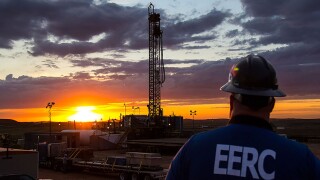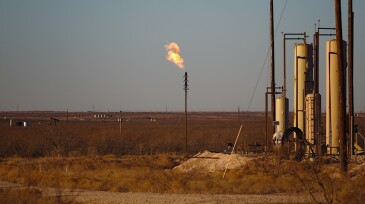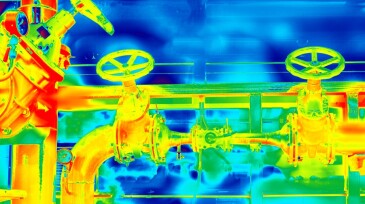Emission management
Growing energy transition investment highlights oil and gas technologies as key enablers.
EERC CEO Charles Gorecki outlines how applied research in North Dakota is helping improve oil recovery, reduce emissions, and advance carbon storage.
A newly formed global coalition, Carbon Measures, aims to develop a ledger-based carbon accounting framework and champion market-based solutions to drive emissions reduction.
-
This paper proposes two new methods of accelerating the solidification (or mineralization) of CO2 in subsurface conditions, thus accelerating the cycle of the CO2 storage process.
-
This paper examines the shortfalls of current CO2 capture and storage measures and their future within the context of increasing global consumption of fossil fuels.
-
Applications are open for the funding, which comes from the Inflation Reduction Act, for projects that help monitor, measure, quantify, and reduce methane emissions.
-
This paper presents efforts to reduce greenhouse-gas emissions and increase energy efficiency through the use of a real-time monitoring tool on exploration and production operated assets.
-
This article explores the implementation of artificial intelligence vision for leak monitoring automation in the oil and gas industry and its role in improving safety standards, operational efficiency, and environmental performance.
-
This paper investigates the use of machine learning to rapidly predict the solutions of a high-fidelity, complex physics model using a simpler physics model.
-
The companies are combining their technologies in an effort to help upstream oil and gas operators monitor, report, and reduce emissions.
-
The revisions to the Greenhouse Gas Reporting Program aim to bring greater transparency and accountability for methane emissions from oil and natural gas facilities.
-
SponsoredThe oil and gas industry makes up 40% of all anthropogenic methane emissions because of leaks at the wellsite. Fortunately, the well pad is often where methane emissions are easiest to address through a mitigation strategy of optimized maintenance and process control—all enabled by instrumentation insight.
-
Heightened focus on methane emissions management spurs a new conceptual framework to aid in determining the duration of detected methane emissions, data that may be useful to stakeholders responsible for measurement-informed emission protocols.













